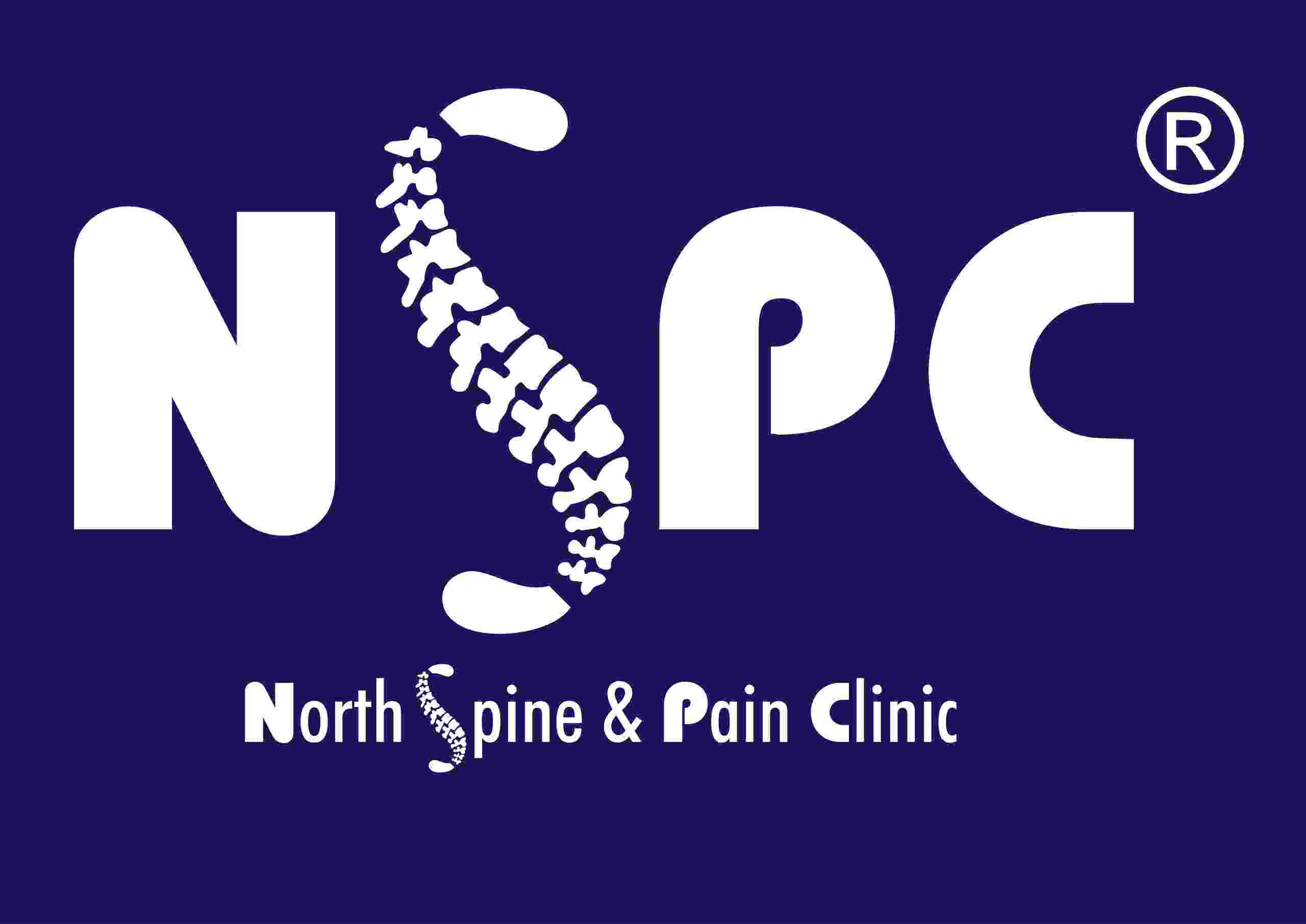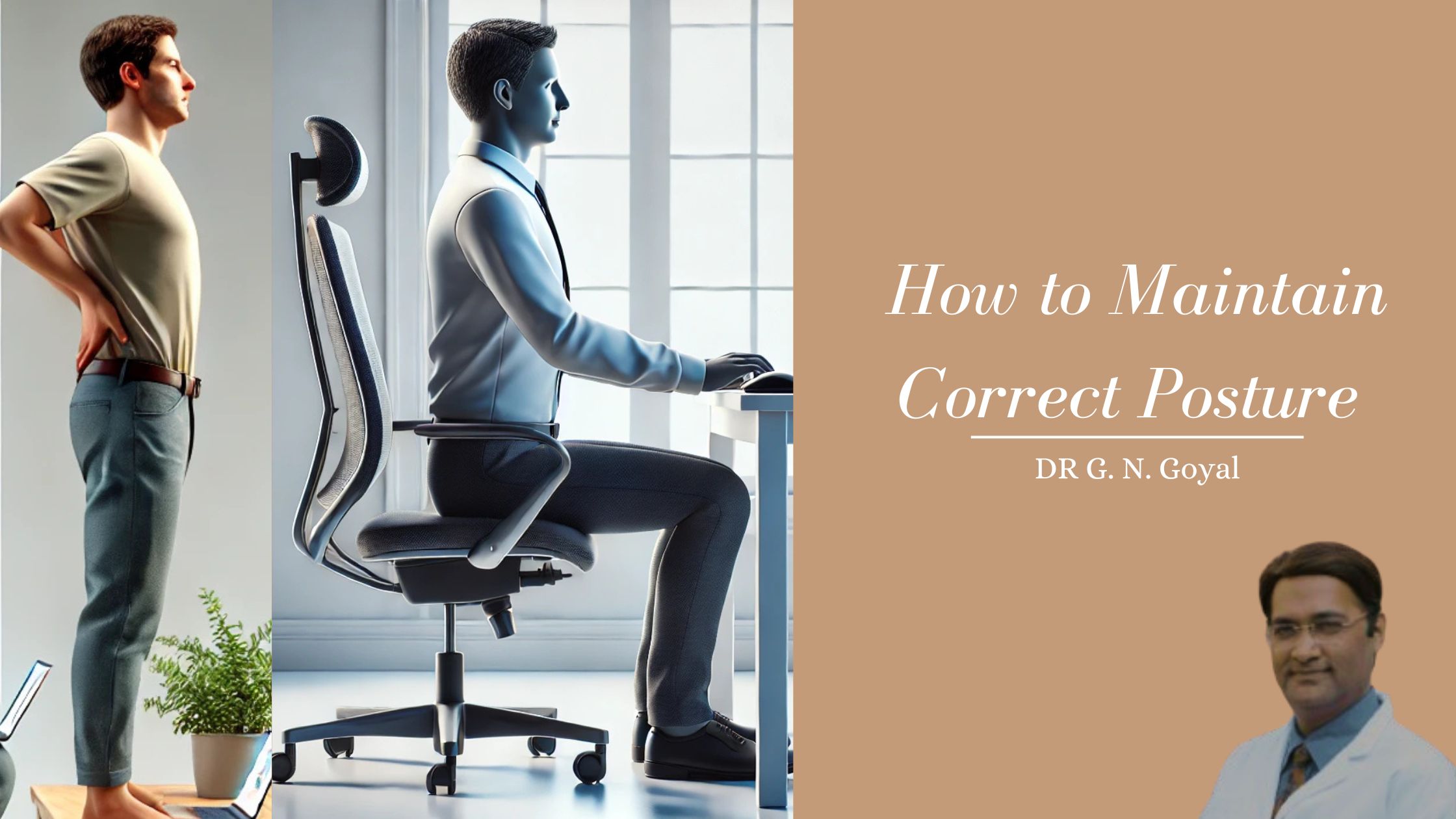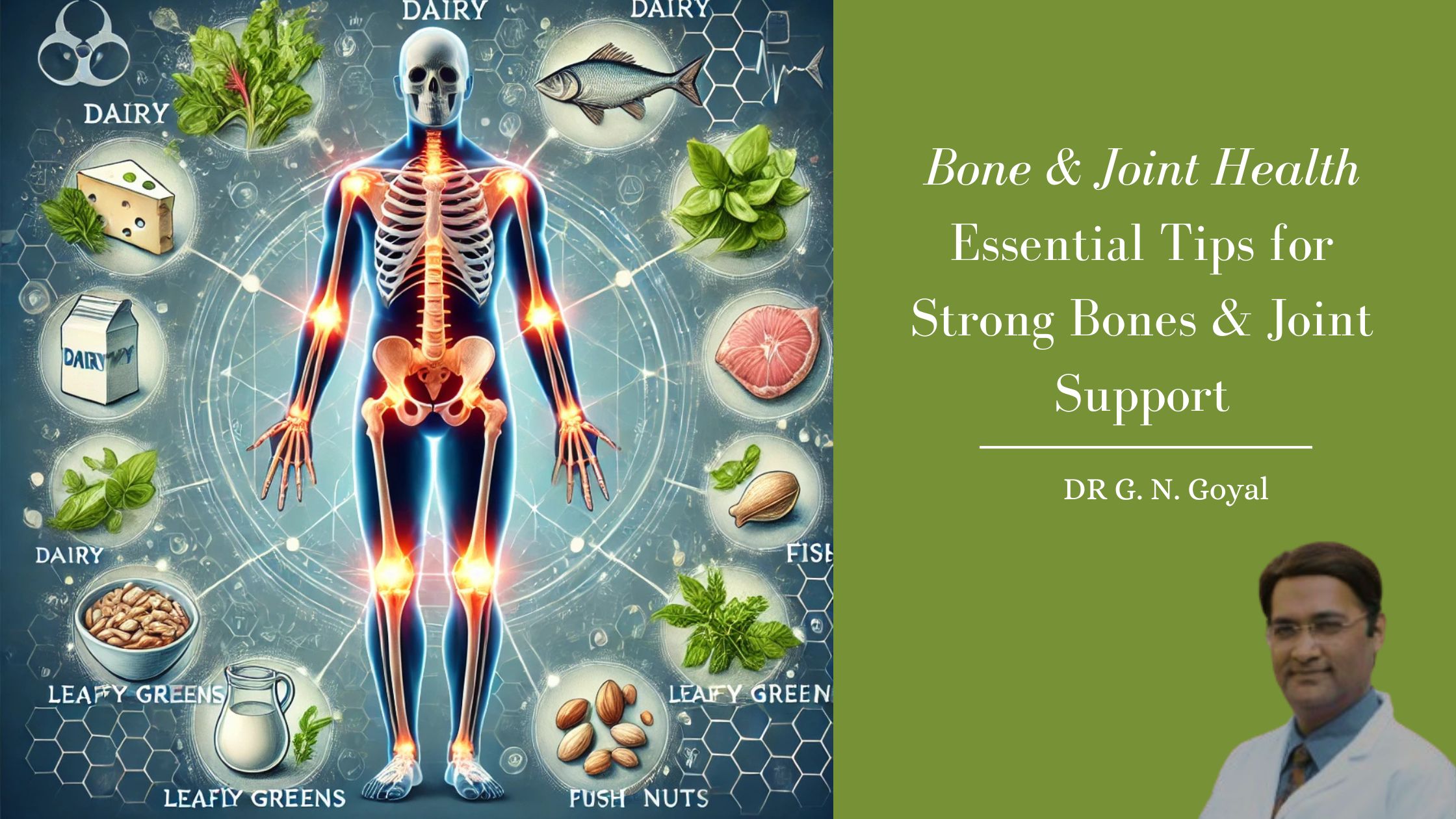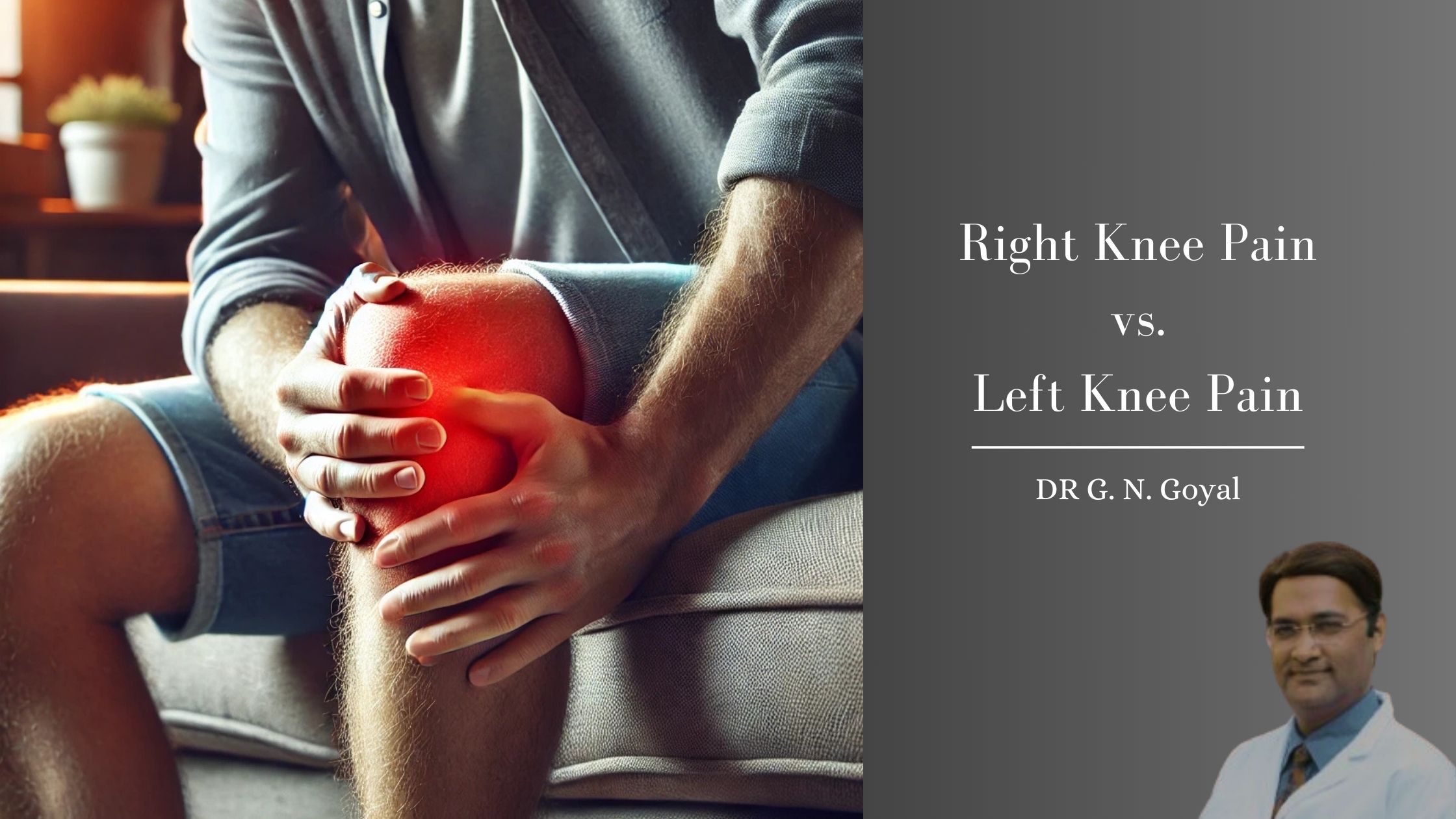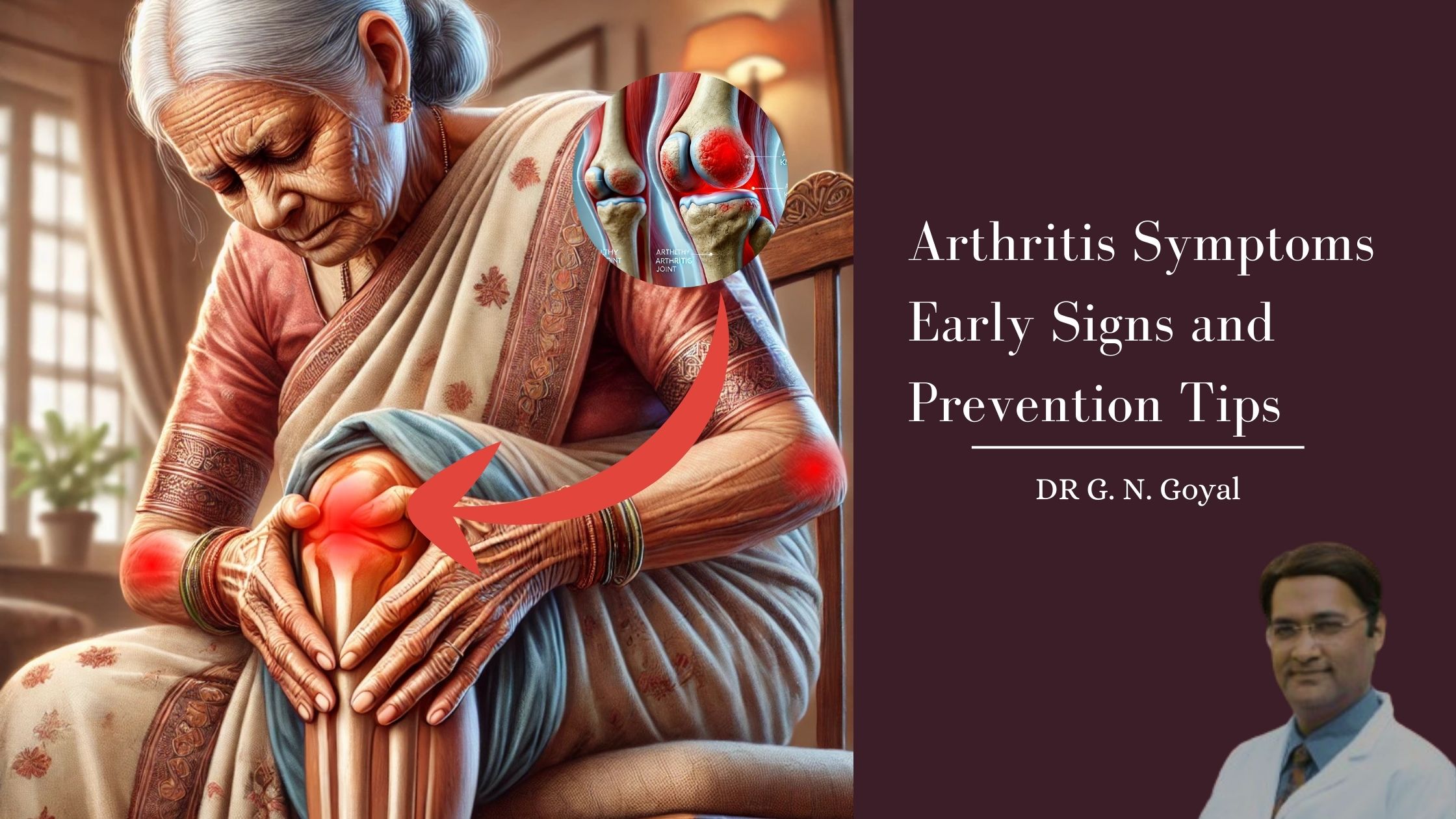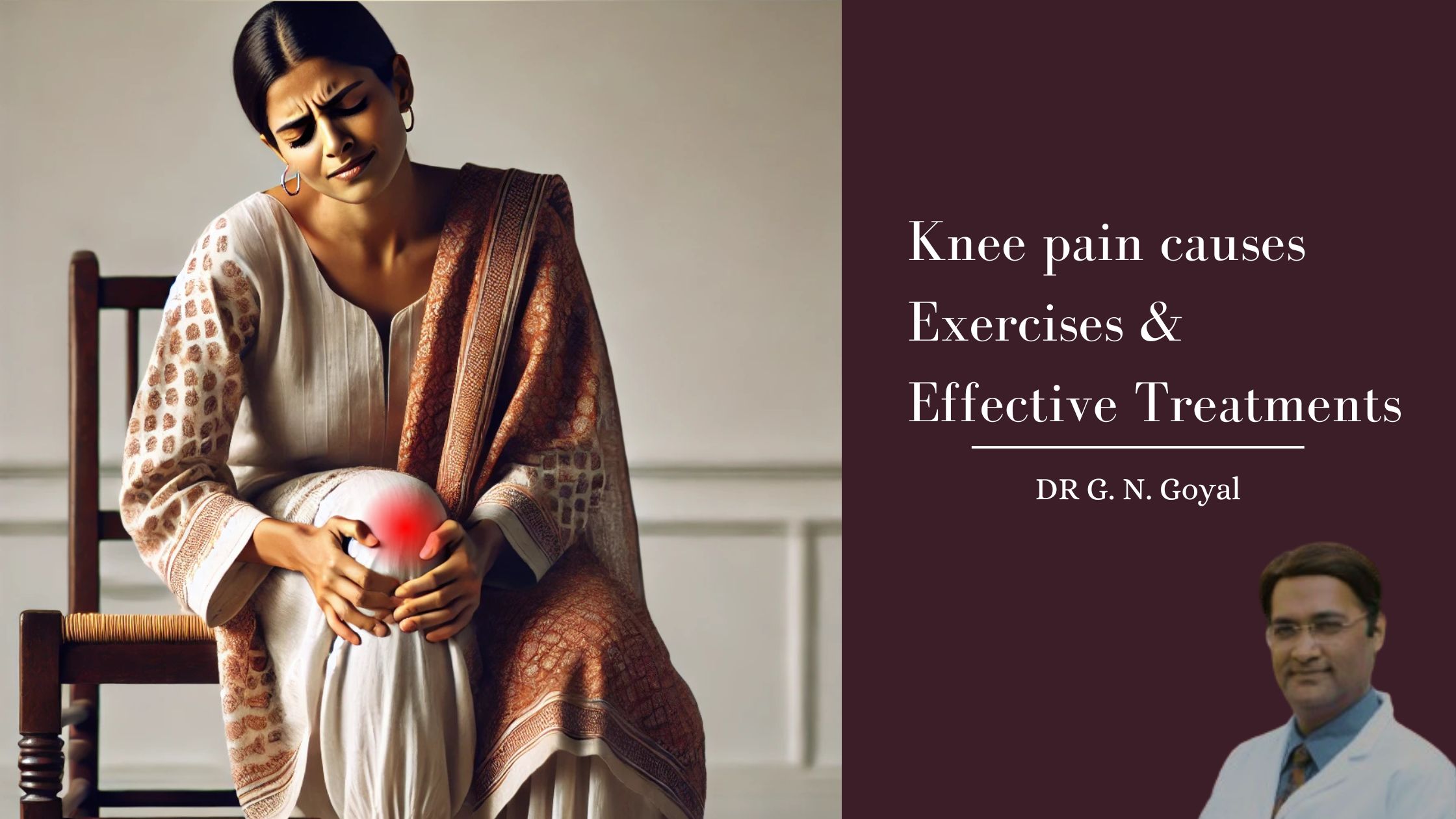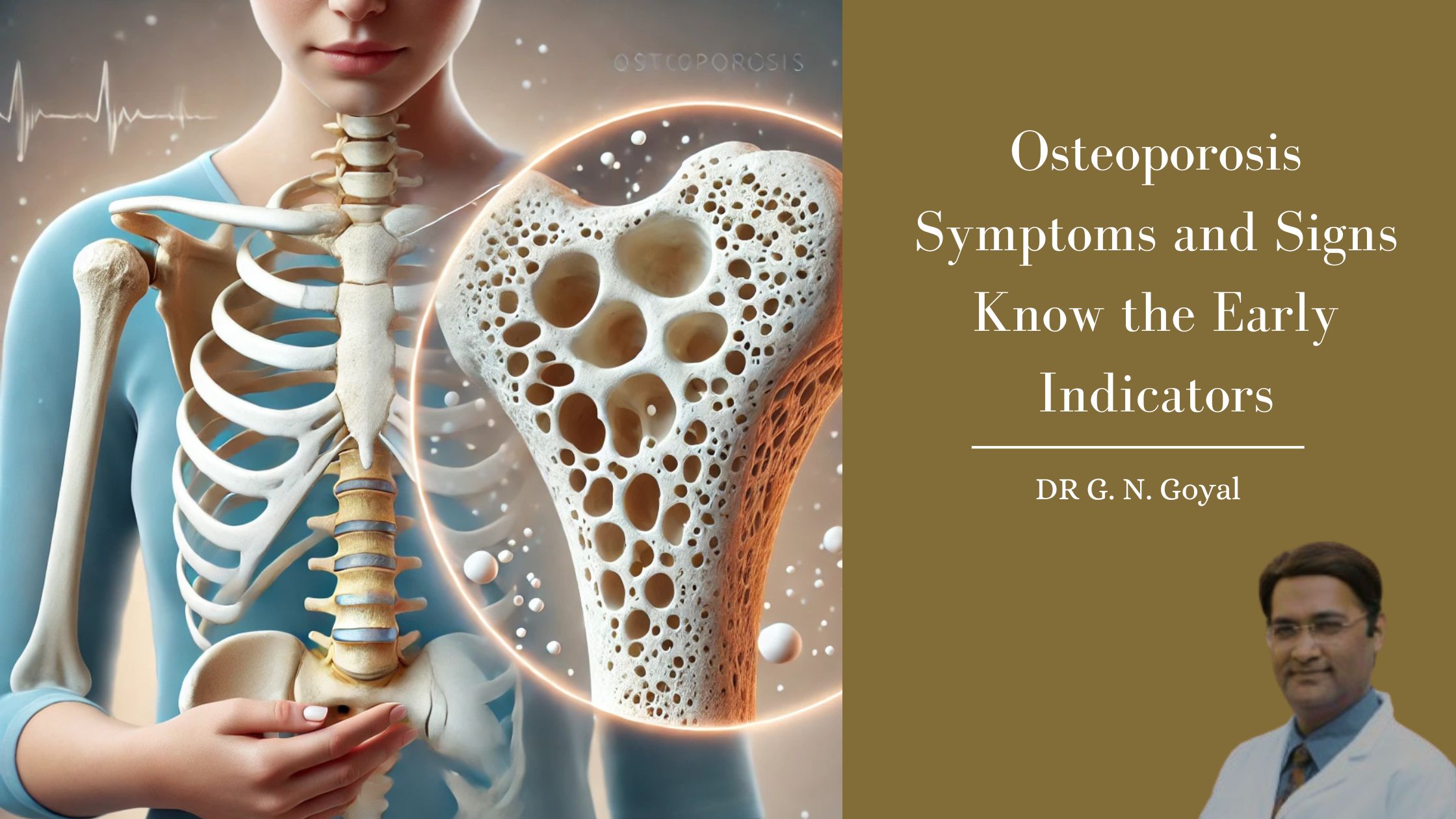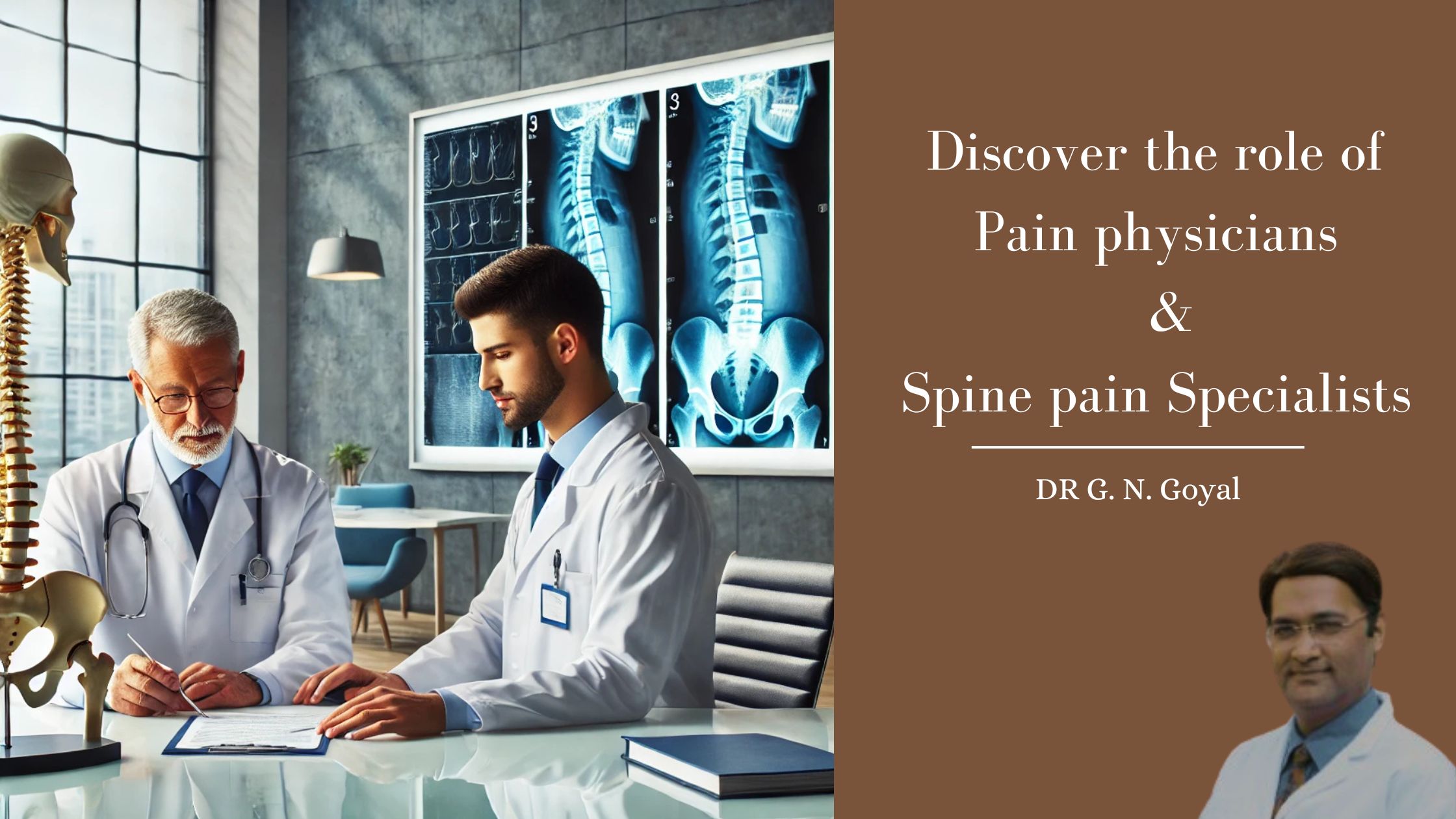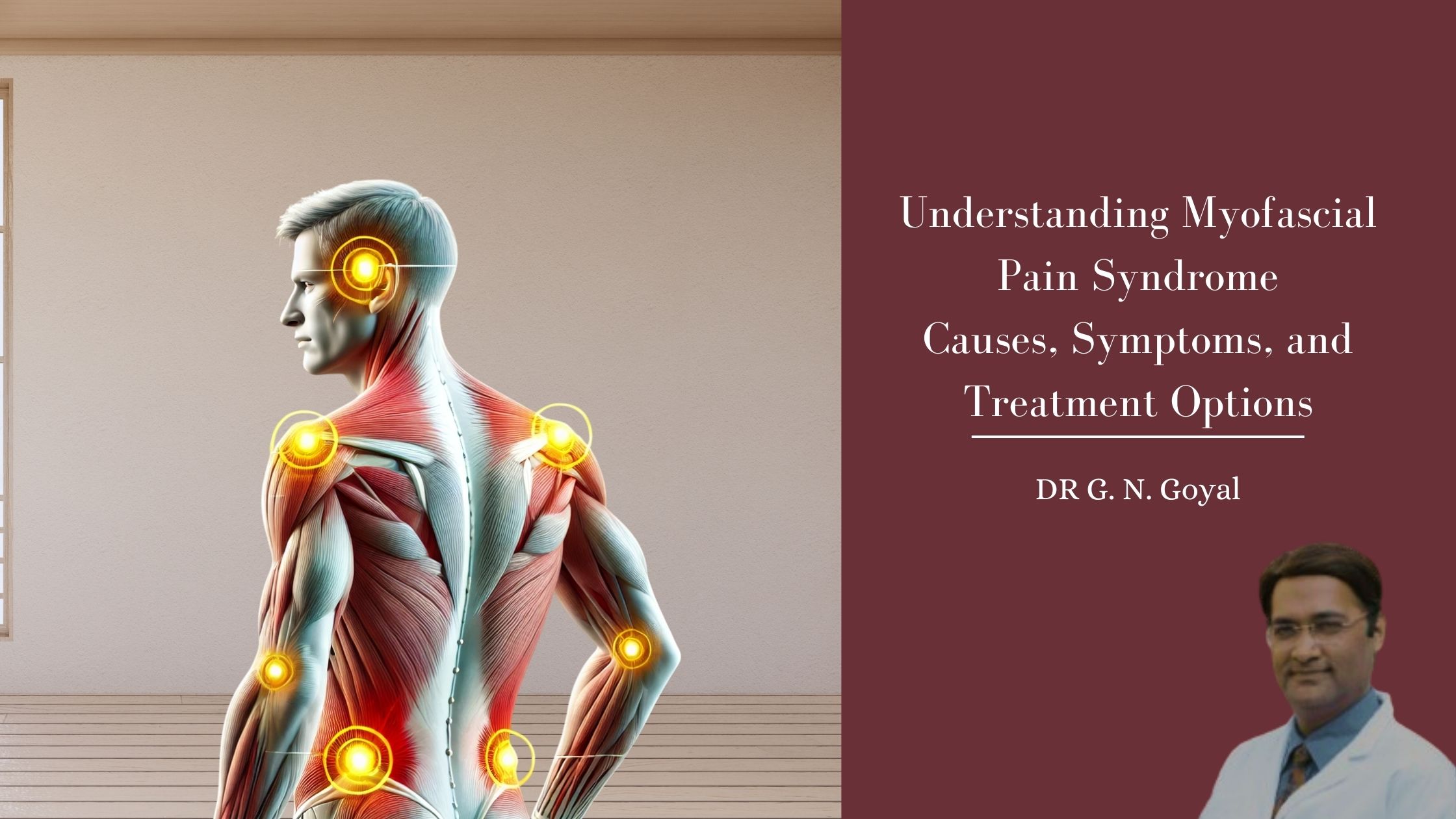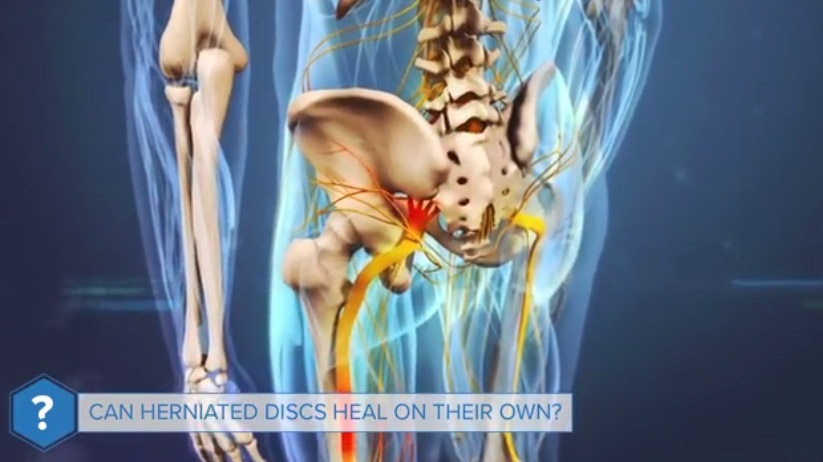How to Maintain Correct Posture – Sitting, Standing, Walking, Working, Sleeping
Maintaining the right posture is essential for preventing pain and discomfort in daily life. Whether you’re working at a desk, walking, standing, or sleeping, improper posture can lead to long-term spinal issues. If you’re experiencing discomfort, visiting a pain clinic in Delhi or nearby your location or consulting a pain doctor may help. Here’s a complete guide to improving your posture and overall body alignment.
1. Correct Sitting Posture
Your sitting posture plays a crucial role in preventing back and neck pain. Poor posture while sitting can lead to chronic issues requiring treatment from a nearby back pain doctor. Follow these tips to improve your sitting posture:
– Keep your back straight and shoulders relaxed.
– Ensure your feet are flat on the ground or on a footrest.
– Adjust your chair to support the natural curve of your spine.
– Avoid crossing your legs to maintain proper blood circulation.
– Take breaks every 30 minutes to stand and stretch.
A visit to a spine clinic in Delhi or nearby your location can help assess and correct your sitting posture to prevent long-term damage.
2. Correct Standing Posture
Proper standing posture reduces strain on your spine and muscles. Here’s how to stand correctly:
– Keep your head aligned with your spine.
– Distribute your weight evenly on both feet.
– Avoid locking your knees while standing.
– Engage your core muscles to support your back.
For persistent pain, a spine pain clinic can provide specialized treatment.
3. Correct Walking Posture
Walking correctly helps maintain spinal alignment and prevents back pain:
– Keep your head up and look forward.
– Walk with even strides and engage your core muscles.
– Avoid slouching or hunching your shoulders.
– Wear supportive footwear to reduce strain on your spine.
If walking causes pain, consider visiting a back pain clinic for an evaluation.
4. Correct Working Posture
A poor work posture can lead to severe spine issues. Follow these tips:
– Keep your screen at eye level to prevent neck strain.
– Use an ergonomic chair for lumbar support.
– Keep your wrists straight while typing.
– Take frequent breaks to stretch and move around.
Seeking guidance from a Neck pain doctor can help prevent work-related posture issues.
5. Correct Sleeping Posture
Sleeping in the right posture is crucial for spinal health. Follow these sleeping posture tips:
– Use a firm mattress and supportive pillow.
– Sleep on your back or side instead of your stomach.
– Place a pillow between your knees if sleeping on your side.
– Avoid using too many pillows under your head.
For chronic back pain, a spine pain clinic or nearby back pain doctor can help identify the root cause.
Maintaining the correct posture in all activities is essential for preventing pain and discomfort. If you experience chronic pain, consider visiting a pain clinic in Delhi or nearby your location, or a spine clinic in Delhi or nearby your location for expert guidance. Prioritize your sitting posture and overall body alignment to lead a pain-free life!
Visit the Neck pain Clinic or Back pain Clinic for any Back or Neck problem related to posture or for any other spine related Problems in Delhi, Haryana or Punjab, at the nearest Spine Clinic – NSPC Clinic, Or book your appointment now!
CONTACT US
Happy Patients
You may please click here, to know the pleasant experiences of our back pain patients & neck pain patients.
